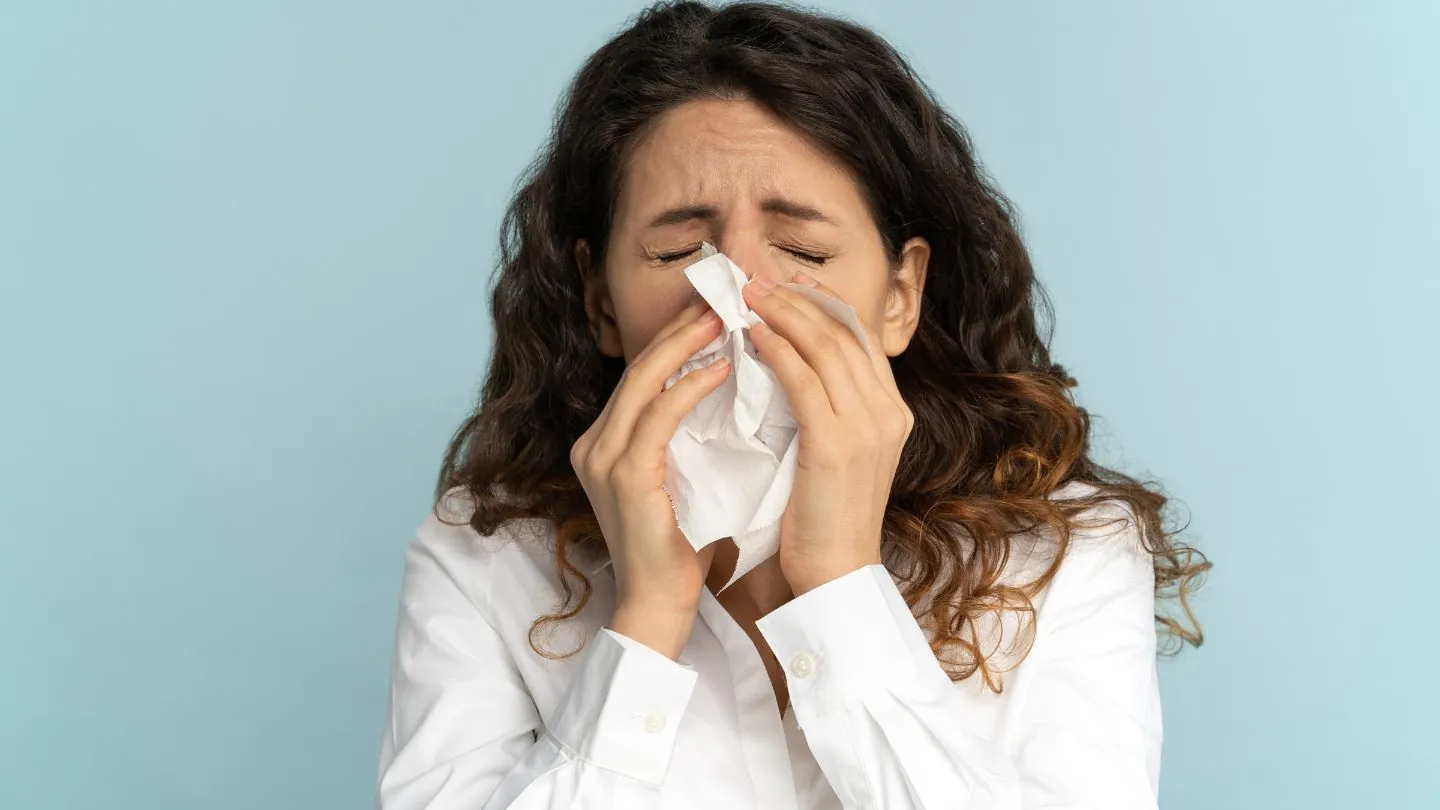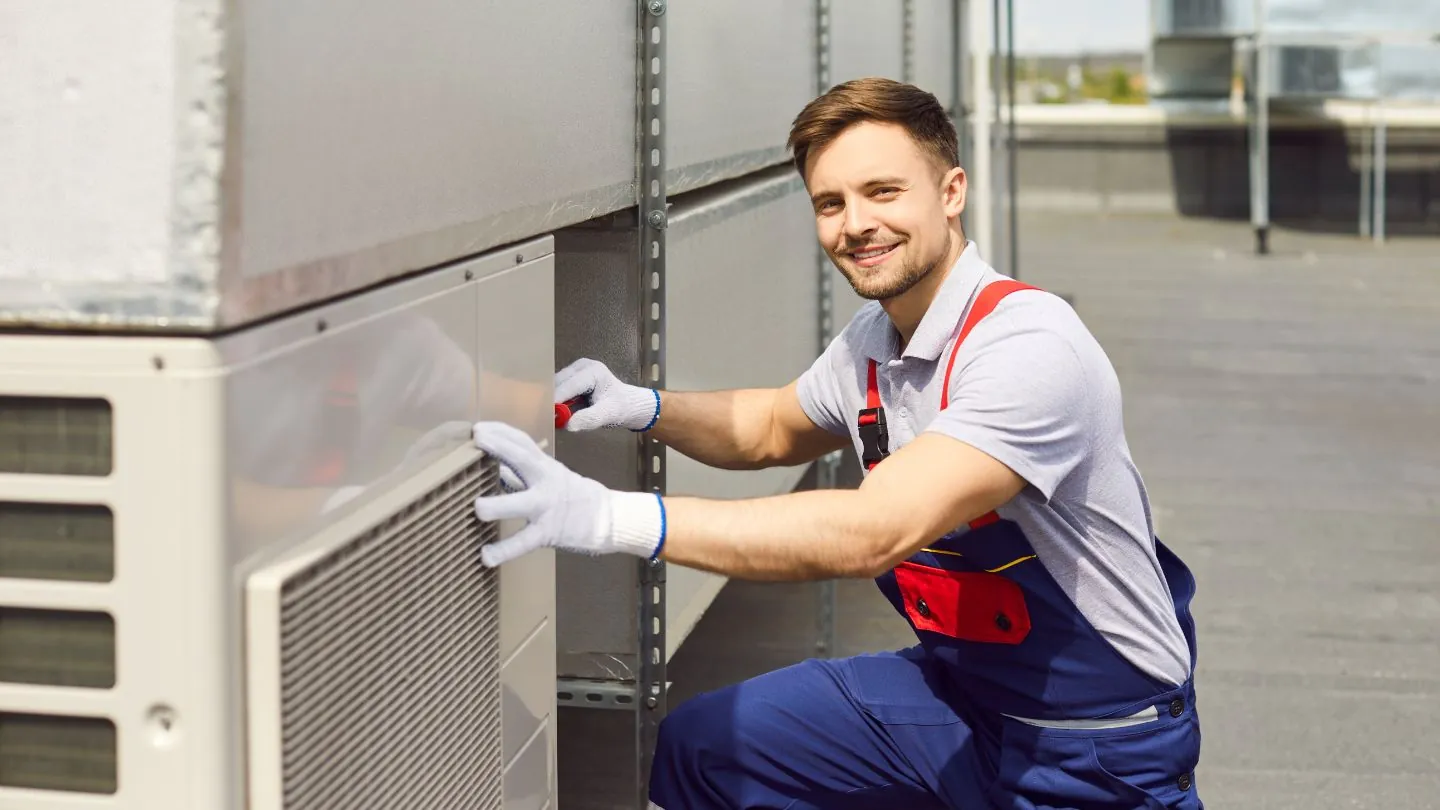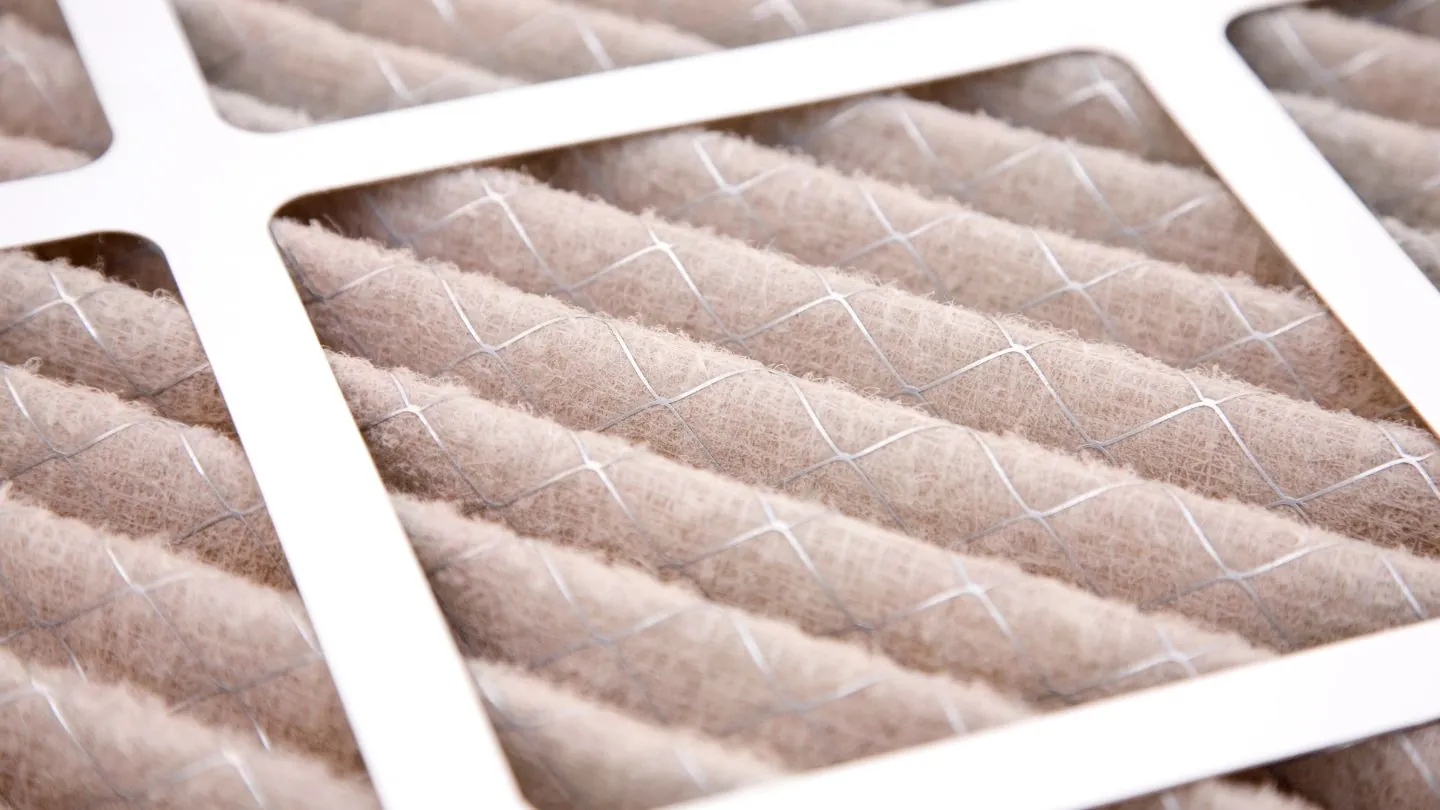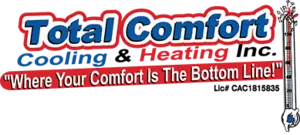Why is HVAC Cleaning Essential for Allergy Sufferers?
Indoor air quality plays a major role in the health and comfort of individuals who struggle with allergies. Over time, HVAC systems accumulate dust, pollen, and other airborne particles that can circulate throughout your home or office. Without proper cleaning, these contaminants can worsen respiratory issues and trigger allergic reactions. Maintaining a clean HVAC system not only improves air circulation but also enhances overall wellness. In this blog, we’ll discuss how regular HVAC cleaning helps reduce allergens and supports a healthier living environment for allergy sufferers.
Key Takeaways
- Regular HVAC cleaning significantly improves indoor air quality and reduces allergens, which is essential for allergy sufferers.
- Dirty air ducts can exacerbate allergy symptoms by recirculating dust, pet dander, and mold spores; routine cleaning helps mitigate this issue.
- Choosing high-efficiency HEPA filters and maintaining humidity levels are crucial steps in improving air quality and minimizing allergens in HVAC systems.
How HVAC Systems Affect Indoor Air Quality
HVAC systems are the heart of indoor climate control, filtering and circulating air throughout our homes. These air conditioning systems significantly impact indoor air quality, which in turn affects allergy symptoms. A well-maintained HVAC system can purify the air and defend against allergens, ensuring a healthier living space.
Maintaining your HVAC system is crucial for actively removing airborne allergens. Regular maintenance ensures that the system operates effectively, lowering the levels of dust, pet dander, pollen, and other airborne irritants. This proactive approach keeps the indoor air cleaner, contributing to better airflow and reduced allergy symptoms.
Conversely, dirty air ducts can severely degrade air quality. When air ducts are clogged with dust and debris, they circulate these allergens back into the living spaces, exacerbating allergy symptoms. Regular air duct cleaning prevents this buildup, improving indoor air quality and creating a healthier environment.
Controlling humidity is another critical function of HVAC systems. Maintaining optimal humidity levels with HVAC systems prevents the growth of dust mites and mold, which thrive in damp conditions. This control is vital for allergy management, keeping indoor air as allergen-free as possible.
Common Allergens Found in HVAC Systems
HVAC systems can harbor a multitude of allergens that affect indoor air quality. Dust mites are a common allergen, thriving in the indoor environment and often accumulating in HVAC systems. These tiny creatures can trigger significant allergic reactions in sensitive individuals.
Pet dander is another prevalent allergen found in HVAC systems. Dander from cats and dogs can build up in air ducts, circulating through the home and causing allergy symptoms. Regular air duct cleaning can help mitigate this issue, ensuring cleaner air for all occupants.
Mold spores are particularly troublesome allergens that can thrive in the warm, moist environment of HVAC systems. When HVAC systems are not properly maintained, mold can grow, releasing spores into the air and irritating respiratory health. Controlling humidity and ensuring regular maintenance can prevent mold growth in these systems and reduce harmful contaminants.
Other allergens, such as pollen and cockroach droppings, can also find their way into HVAC systems, along with other contaminants. Pollen enters through open windows and doors, especially during certain seasons, while cockroach droppings and body parts can accumulate in ducts, both contributing to poor indoor air quality and allergy symptoms.
The Impact of Dirty Air Ducts on Allergy Symptoms
Dust accumulation in air ducts can significantly worsen allergy symptoms. When the HVAC system activates, it disperses dust and other allergens into the living areas, leading to increased nasal congestion, sneezing, and itchy eyes. This constant recirculation of contaminated air can make indoor environments particularly challenging for allergy sufferers. Ignoring these issues could indicate that your HVAC needs emergency repair, requiring prompt professional attention to prevent worsening air quality.
Poor air circulation due to blocked ducts can exacerbate allergy symptoms, especially in vulnerable populations such as children and the elderly. It is essential to ensure that air ducts are clean and unobstructed to maintain optimal airflow and reduce the presence of allergens.
Dirty air ducts continually recirculate allergens, further worsening symptoms for those with allergies and asthma. Regular professional air duct cleaning can help break this cycle, ensuring that allergens are removed from the system and that the air circulating in your home is cleaner and healthier. Recognizing the importance of regular HVAC inspections ensures these issues are detected early, helping you maintain consistent air quality and breathe easier.
Benefits of Regular HVAC Cleaning for Allergy Relief

Regular cleaning of HVAC vents and ducts helps minimize dust and allergen buildup, significantly improving indoor air quality. Many individuals report experiencing reduced allergy symptoms after having their air ducts professionally cleaned, highlighting the direct benefits of maintaining a clean HVAC system. Proper cleaning also reinforces why HVAC maintenance is crucial before winter, as seasonal preparation ensures your system operates efficiently when allergens tend to spike indoors.
A well-maintained HVAC system actively reduces airborne allergens, contributing to a healthier living space and healthier indoor air. Efficient air duct cleaning services restore airflow, which is crucial for maintaining air quality and ensuring that your home’s air quality is optimal for your HVAC system to function effectively.
Regular maintenance not only prevents allergen buildup but also leads to lower energy bills and reduced environmental impact. By keeping your HVAC system clean and efficient, you can enjoy the dual benefits of improved air quality and energy efficiency savings.
Combining HVAC systems with air purifiers provides an additional layer of protection against allergens. Proactive HVAC maintenance can identify issues that negatively impact air quality before they escalate, ensuring a healthier indoor environment to improve indoor air quality for allergy sufferers.
The HVAC Cleaning Process

The HVAC cleaning process begins with:
- A thorough evaluation of the ducts to identify buildup and potential leaks.
- Technicians assessing the condition of the air ducts.
- Determining the best approach to cleaning the ducts
Creating negative pressure within the duct system is a key step in the cleaning process. This method effectively draws out dust and debris, preventing them from being released back into the home. Understanding how to prevent mold in the HVAC system is equally important during this stage, as moisture buildup within ducts can contribute to mold formation. Rotating brushes and compressed air tools are commonly used to dislodge contaminants from the ductwork, ensuring a comprehensive clean.
Both portable and truck-mounted vacuum systems are employed to remove the dislodged dust and debris, providing optimal dust removal. This equipment, including specialized tools, ensures that even the smallest particles are effectively captured, leaving the air ducts clean and free from allergens.
After the air duct system is thoroughly cleaned, a thorough cleaning of the HVAC components is conducted to ensure that all parts are clear of dust. This final step verifies that the system is in optimal condition, ready to provide cleaner air and better airflow throughout the home.
Choosing the Right Filters for Allergy Reduction

Selecting the right filters is crucial for reducing allergens in your home. High-efficiency HEPA filters significantly enhance indoor air purification by trapping smaller airborne particles, including allergens such as dust mites, pollen particles, and pet dander. HEPA filters can remove particles as small as 0.3 microns, making them highly effective for allergy sufferers.
For effective allergen filtration, replace HVAC filters every 90 days. If you have pets or live in a high pollen area, changing filters every 60 days offers better allergy control. This proactive measure ensures cleaner air from your HVAC system. HVAC filters vary in effectiveness. Selecting air filters with superior ratings optimizes allergen reduction. Investing in high-quality filters significantly reduces airborne irritants, enhancing your home’s air quality.
Tips for Maintaining a Cleaner HVAC System
Maintaining humidity levels between 30-50% is crucial for preventing mold and dust mite proliferation with HVAC systems. Proper humidity and temperature control limit allergen levels, ensuring a healthier indoor environment for allergy sufferers.
Regularly maintaining HVAC filters prevents them from becoming sources of allergens. Seasonal maintenance of HVAC systems ensures efficient performance and comfort, allowing you to breathe easier year-round while reducing allergen buildup.
Clearing supply and return vents of obstructions improves air circulation and system efficiency. Keeping the area around outdoor units clear of vegetation prevents debris accumulation, maintaining your HVAC system’s cleanliness and efficiency.
Breathe Easier with a Cleaner, Healthier HVAC System
Keeping your HVAC system clean is one of the most effective ways to minimize allergens and improve indoor air quality. Regular maintenance helps eliminate dust, pollen, mold, and pet dander that can trigger allergic reactions and respiratory discomfort. By ensuring your system operates efficiently, you create a healthier and more comfortable environment for everyone in your home.
At Total Comfort Cooling & Heating, we specialize in maintaining and servicing HVAC systems in Boca Grande, helping homeowners achieve cleaner air and better system performance. Our team is dedicated to improving your indoor comfort through thorough cleaning, professional inspections, and long-term care solutions. Contact us today to schedule your HVAC service and experience the difference clean air can make in your home.
Frequently Asked Questions
What are the most common allergens found in HVAC systems?
The most common allergens found in HVAC systems are dust mites, pet dander, mold spores, pollen, and cockroach droppings. Regular maintenance and cleaning can significantly reduce their presence and improve indoor air quality.
How often should HVAC filters be replaced to reduce allergens?
To effectively reduce allergens, HVAC filters should ideally be replaced every 90 days, but every 60 days is advisable if you have pets or live in a high pollen area. This proactive approach helps maintain optimal air quality in your environment.
What are the benefits of using HEPA filters in HVAC systems?
Using HEPA filters in HVAC systems significantly enhances indoor air quality by effectively removing allergens and particles as small as 0.3 microns, including dust mites, pollen, and pet dander. This leads to a healthier living environment and improved comfort.
What does the HVAC cleaning process involve?
The HVAC cleaning process involves evaluating the ducts for buildup and leaks, creating negative pressure to remove dust and debris with specialized tools, and concluding with a thorough inspection of the system’s components. This ensures optimal performance and air quality in your space.
Why should I hire professional HVAC services for maintenance?
Hiring professional HVAC services for maintenance is essential for ensuring your system operates efficiently and remains compliant with industry standards, ultimately reducing allergens and extending the equipment’s lifespan. Regular upkeep can prevent costly repairs and enhance indoor air quality.
READY FOR YOUR NEXT HEATING OR COOLING PROJECT?
Contact us to get a quote and see why our customer service is recognized as the best in the industry.







 Special Offer: 12 Months - No Interest, No Payments!
Special Offer: 12 Months - No Interest, No Payments!